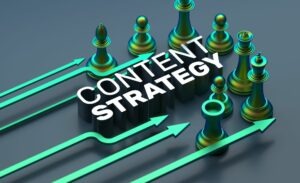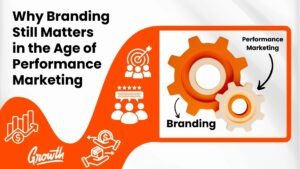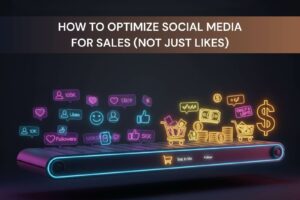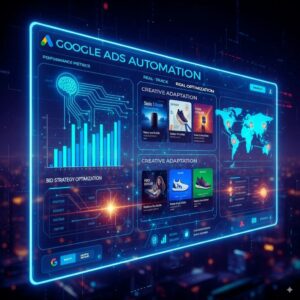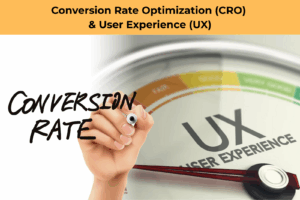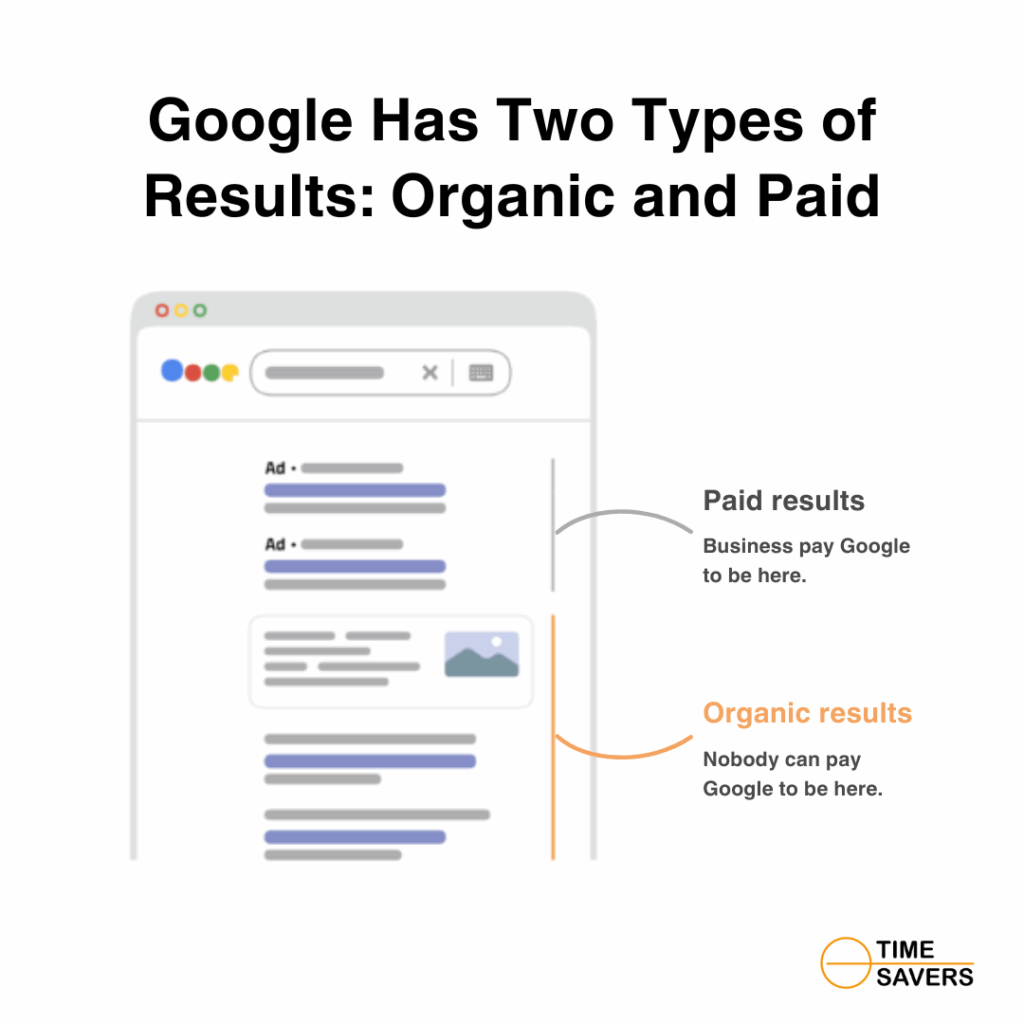
Both pay-per-click advertising (PPC) and search engine optimization (SEO) drive traffic to your website. What makes them different is how they are used to attract that traffic. They are not interchangeable terms, although you could use SEO principles in designing your PPC campaigns.
SEO and PPC marketing
SEO (Search Engine Optimization) and PPC (Pay-Per-Click) marketing are complementary digital marketing strategies that help websites appear in search engine results (SERP).
SEO focuses on optimizing website content and technical elements to improve organic rankings over time and it is free, while PPC allows advertisers to bid on keywords and instantly appear in sponsored placements (paid). When used together, SEO and PPC provide both immediate visibility and sustainable long-term traffic, allowing brands to maximize reach, improve ROI, and dominate high-intent search results across all stages of the customer journey.
The main difference between PPC and SEO
PPC advertising is when you must pay to generate traffic. SEO targets organic traffic so visitors discover you for free.
You can see the difference when you run a search on a search engine like Google. On these search engine results pages (SERPs), the first results you see are paid advertisements, sometimes listed as “sponsored.” Anytime someone clicks on a sponsored ad, the business pays for that conversion.
Under the pay-per-click ads are organic results, which were presented and ranked based on their SEO. When someone selects a search engine result that is not an ad, the brand pays nothing for that click.
Search engine optimization is a series of purposeful practices used to help search engines present information to queries. Those practices, like keyword selection, can be integrated into the pay-per-click advertising shown on a search results page.
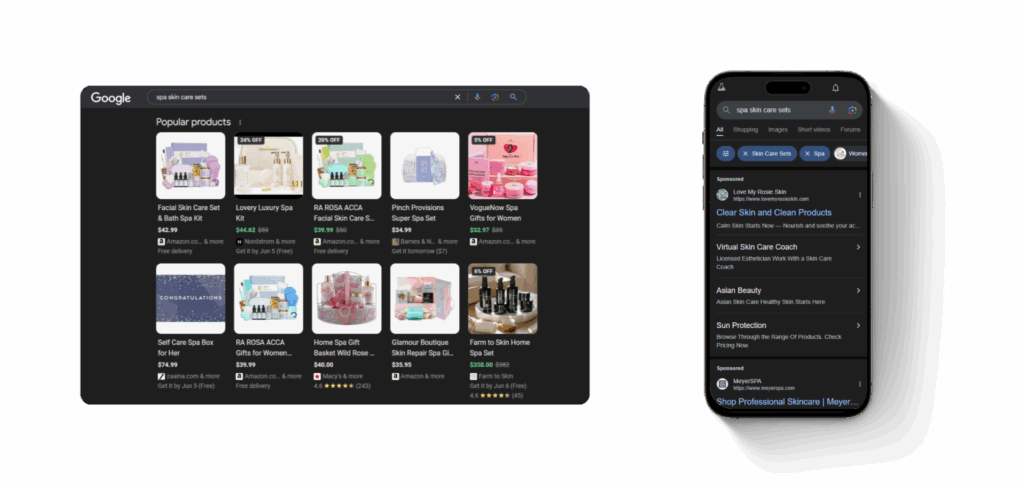
Will PPC or SEO benefit your business more?
Now that the digital world is saturated with content, being discovered as a new business is increasingly challenging.
When deciding if you should choose PPC or SEO to drive traffic to your website, it depends on your objectives, how competitive your marketplace is, and the situation with your business.
SEO takes time. By some estimates, SEO takes 1-2 years to start paying off. Can you wait?
PPC offers immediate results. In some cases, it can help with SEO because you’re driving traffic to the pages. Traffic helps boost your ranking and SEO.
Generally speaking, new businesses struggling to get discovered should definitely consider using PPC in advertising to fast-track discovery and web traffic. It can also be helpful if you have a hyper-local market that you wish to dominate.
Why Use PPC Advertising?
When a user runs a query on a search engine, they are presented with potential answers to their search. Search results can number from just a few hits to millions. Search engines prioritize what they show the user based on keywords, brand authority, and possible search intent.
A user must scroll to see all their possible search results and sometimes continue onto other pages. Since most users tend not to go very far down into their results, being presented as high up as possible is crucial for discovery.
This is where PPC ads have an advantage. PPC ads are presented “above the fold.” When a webpage loads, usually, not everything fits on the screen. The “fold” is an industry term for the bottom of the screen. “Below the fold” is what is loaded but is not displaying on-screen; it’s what you must scroll down to see.
You want to be seen first when a page loads, hence, “above the fold.” Placement here means even if the user does not click on the ad, they still see your message before they scroll.
PPC ads are a good way to build brand awareness.
PPC advertising on Google also gives you greater control over your message. Paid ads get more space to optimize their copy and their imagery. For organic results, you don’t always have the option to select your text and image displayed to the user.
Since you are paying for an ad, you can target who is exposed to your ads. Specific targeting maximizes your advertising dollars and provides a greater return. PPC ads are also quick to execute and adapt. These ads usually come with increased metrics that allow you to see the data and track their performance. Test different versions and quickly change the ads as you gain more marketing intelligence.
PPC ads are not always expensive. If your account is set up well and managed in a low-cost way, it can be used to generate business leads.
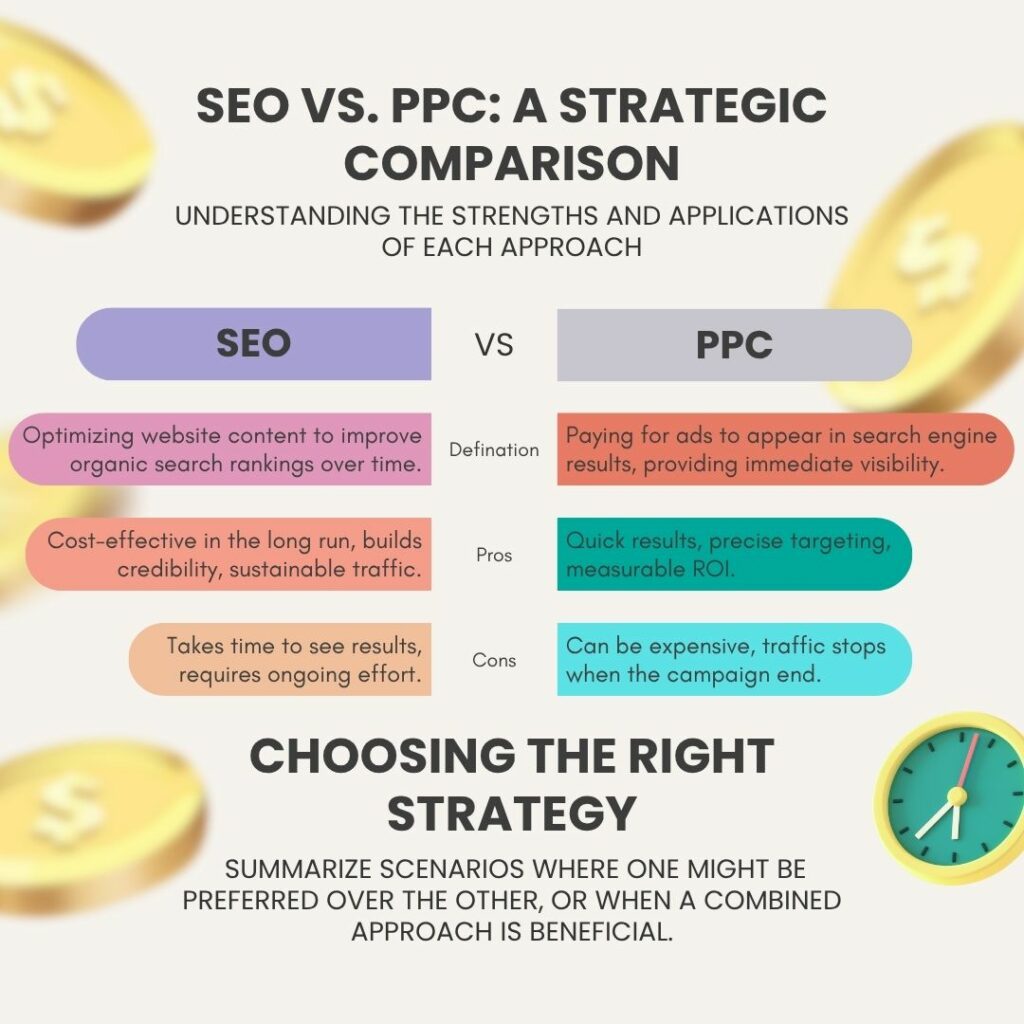
Why Use SEO?
Search engine optimization is about driving organic traffic to your website. These are visitors who click on your links and visit your website that you do not have to pay for.
Organic traffic is excellent for building brand awareness and increasing your brand visibility. Selecting the right keywords enables your brand to become associated with those specific keywords in searches. Over time, it helps you rank higher and increases exposure to more potential customers.
The more organic traffic your website can generate, the more credibility and trust search engines will assign to your website, and the more likely you are to rank higher on a results page. This is essential, most visitors will skip PPC ads because they trust the ranked SERP
When people discover you organically, this helps your marketing return on investment.
Organic traffic is also more sustainable than consistently running PPC ads. When you run an advertising campaign, the traffic will stop when the campaign ends. SEO best practices always work to drive traffic to you. This makes them more sustainable and gives you an advantage.
Once you can rank hard for your specific keywords, it’s hard for your competition to knock you down in the results.
Search engine optimization is about driving organic traffic to your website. These are visitors who click on your links and visit your website that you do not have to pay for.
SEO areas
Breakdown of SEO Components
To better understand, it is important to know what SEO consists of. What are its main parts, and how to make SEO better?
To truly understand how SEO works, it’s essential to break it down into its core components. Each area plays a specific role in improving your website’s visibility on search engines like Google. When combined strategically, these elements help drive organic traffic, improve rankings, and enhance user experience. Here’s a quick overview of the main pillars of SEO:
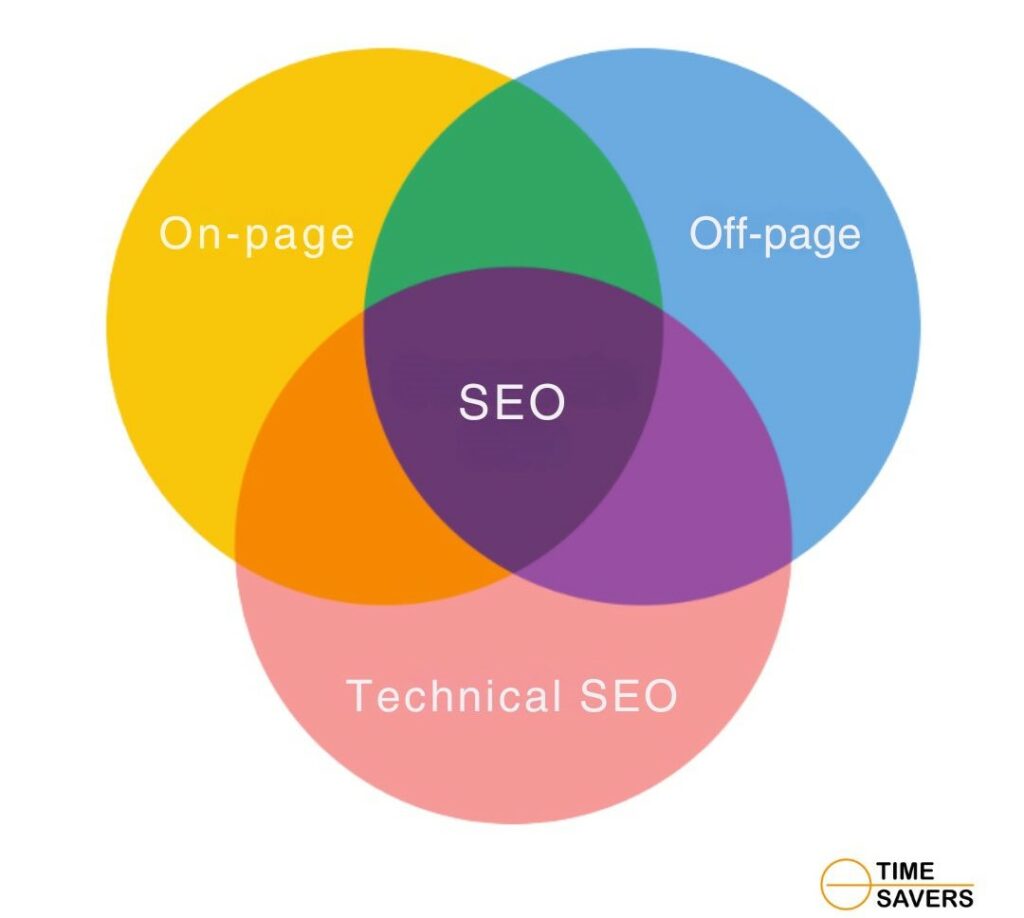
Deciding between PPC and SEO
Running PPC ads on Google can be expensive, although that’s not always the case. Still, the cost can quickly add up if you do not know how to properly setup and optimize your Google Ads.
To be effective, running paid search advertising requires some consistent investment on your part. If you stop running paid search, the lead generation essentially stops.
If your marketer is not experienced, you risk getting into bidding wars with other advertisers, which would drive up the costs for specific keywords. Competitors can copy your PPC ads if they notice that you are taking a chunk out of their traffic. While imitation may be the sincerest form of flattery, it can also be detrimental to your paid search campaign results.
Whether to run PPC or just focus on SEO depends on your business strategy and the competition in the marketplace. A business with strong word-of-mouth that needs to generate a little bit of traffic could get away with just a strong SEO strategy.
On the other hand, if you have some competition in the market and you see their brand name always appearing at the top of paid search results, you could steal some of their traffic by running some of your own paid advertising.
The Best Digital Ad Strategy to Grow Fast
In our opinion, your best bet is to use PPC ads and SEO best practices together to have the best results. As your brand continues to grow and develop, PPC advertising will drive leads in the short term to your website. SEO will inform your long-term strategy and work to consistently drive traffic to your website while increasing your search engine result placement.
F.A.Q.
1. What is the main difference between SEO and PPC?
SEO focuses on increasing organic (unpaid) traffic through content optimization, site structure, and backlinks. PPC involves paying for ads to appear at the top of search engine results, providing immediate visibility.
2. Is SEO or PPC better for long-term results?
SEO is typically more effective for long-term growth, as it builds authority and organic traffic over time. PPC is better for quick visibility and targeted campaigns.
3. Can I use SEO and PPC together?
Yes! Combining SEO and PPC can improve overall performance. While SEO builds long-term authority, PPC drives immediate traffic and can help you test keyword performance.
4. Which one is more cost-effective: SEO or PPC?
SEO is generally more cost-effective in the long run, as it doesn’t require ongoing ad spend. However, PPC offers precise targeting and measurable ROI, which can justify its costs if well managed.
5. How long does SEO take compared to PPC?
SEO results usually take 3–6 months or more, depending on competition and site quality. PPC can generate traffic and conversions almost immediately after the campaign goes live.
6. Is PPC traffic better than SEO traffic?
Not necessarily. PPC traffic can be highly targeted, but it stops when you stop paying. SEO traffic is more sustainable and often has higher trust and click-through rates.
7. Which should I choose if I have a limited budget?
If you need fast results (e.g., for a product launch), PPC may be the better option. If you’re planning for long-term growth and have time to invest, SEO is usually the smarter choice.
Thumbnail by Freepik.com



